Traditional, open spine surgery involves cutting through muscles or reflecting them off the spine, resulting in larger incisions, increased post-operative pain, and a longer recovery period. Today, Dr. Stieber is able to perform many of the same procedures with minimally invasive surgical techniques. With these approaches, he can access the spine through small incisions and gentle muscle dilation, reducing pain and recovery time while enhancing patient outcomes.
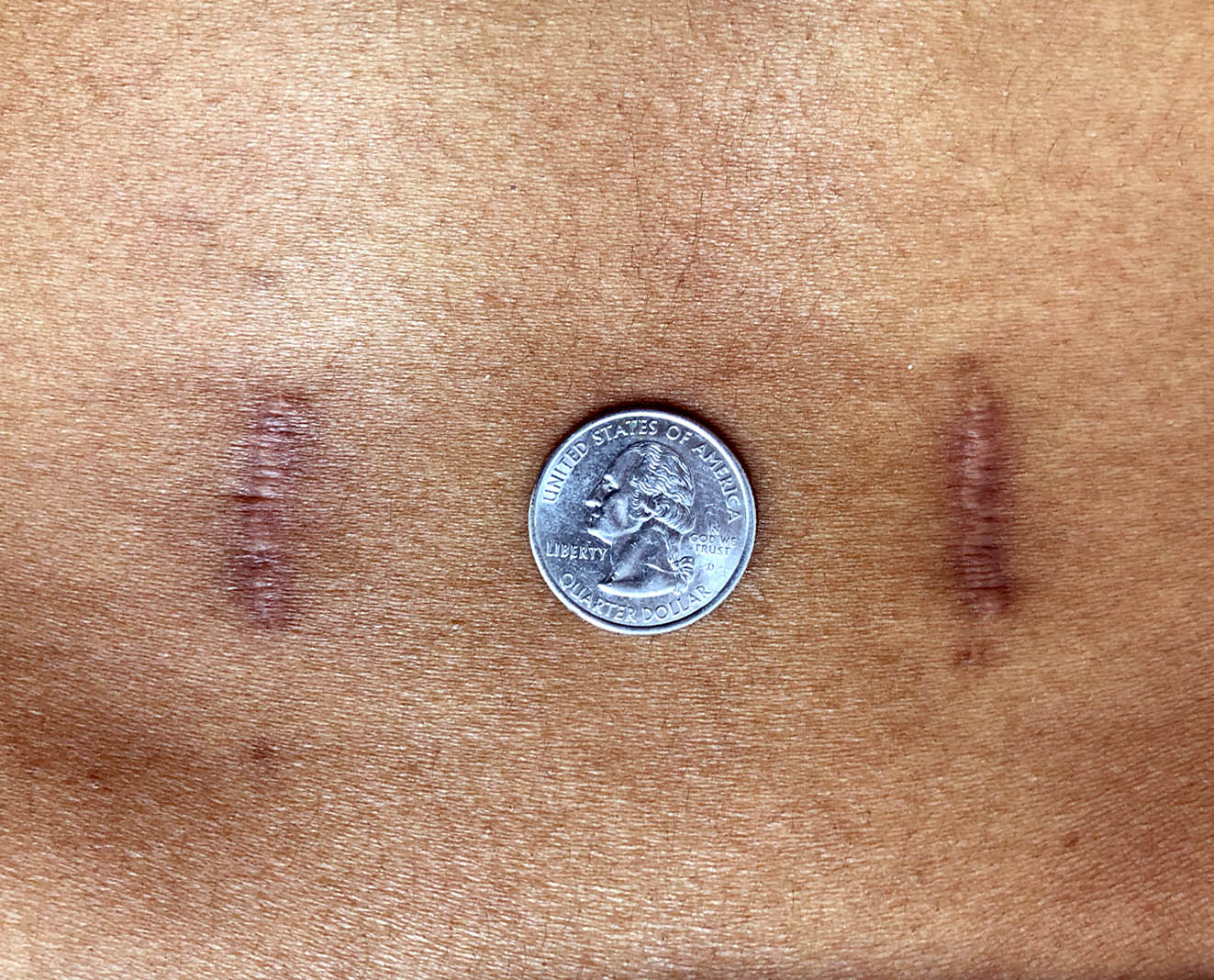
In addition, some minimally invasive spine surgeries can be performed as outpatient procedures with almost no blood loss. These less disruptive surgeries further allow for a speedier recovery.
Dr. Stieber performs several minimally invasive spinal procedures for our patients. The most common surgeries include:
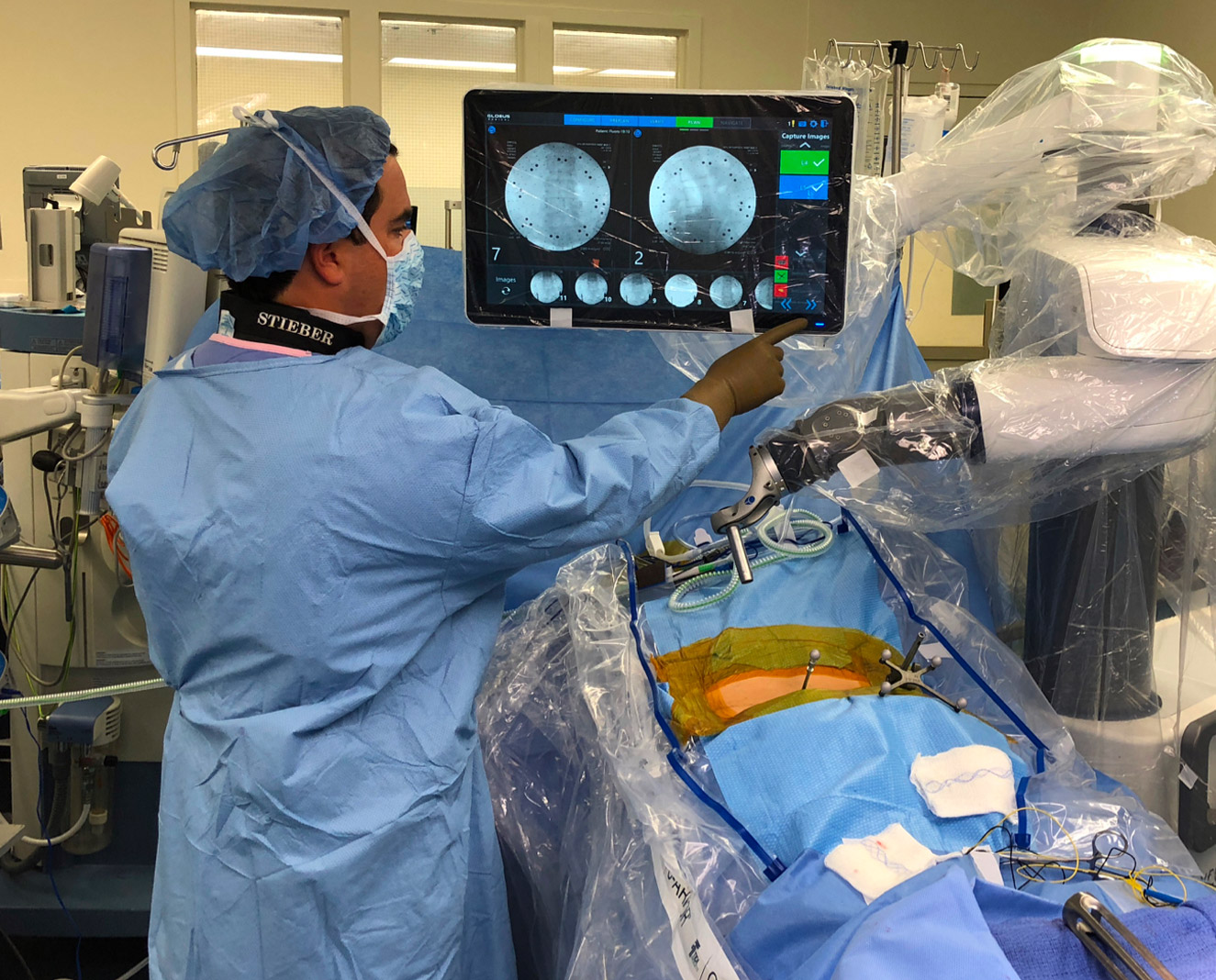
This minimally invasive spine surgery is done to treat disc problems that are causing back and leg pain. Dr. Stieber accesses the spine through a keyhole incision and the entire procedure is performed using an endoscope, which is a tube with a tiny camera attached to the end.
This tool provides Dr. Stieber with excellent visualization of the disc and related structures, allowing him to select a portion of the disc to remove. To access the spine, he uses dilation tubes to gently separate the soft tissue, rather than cutting through muscle.
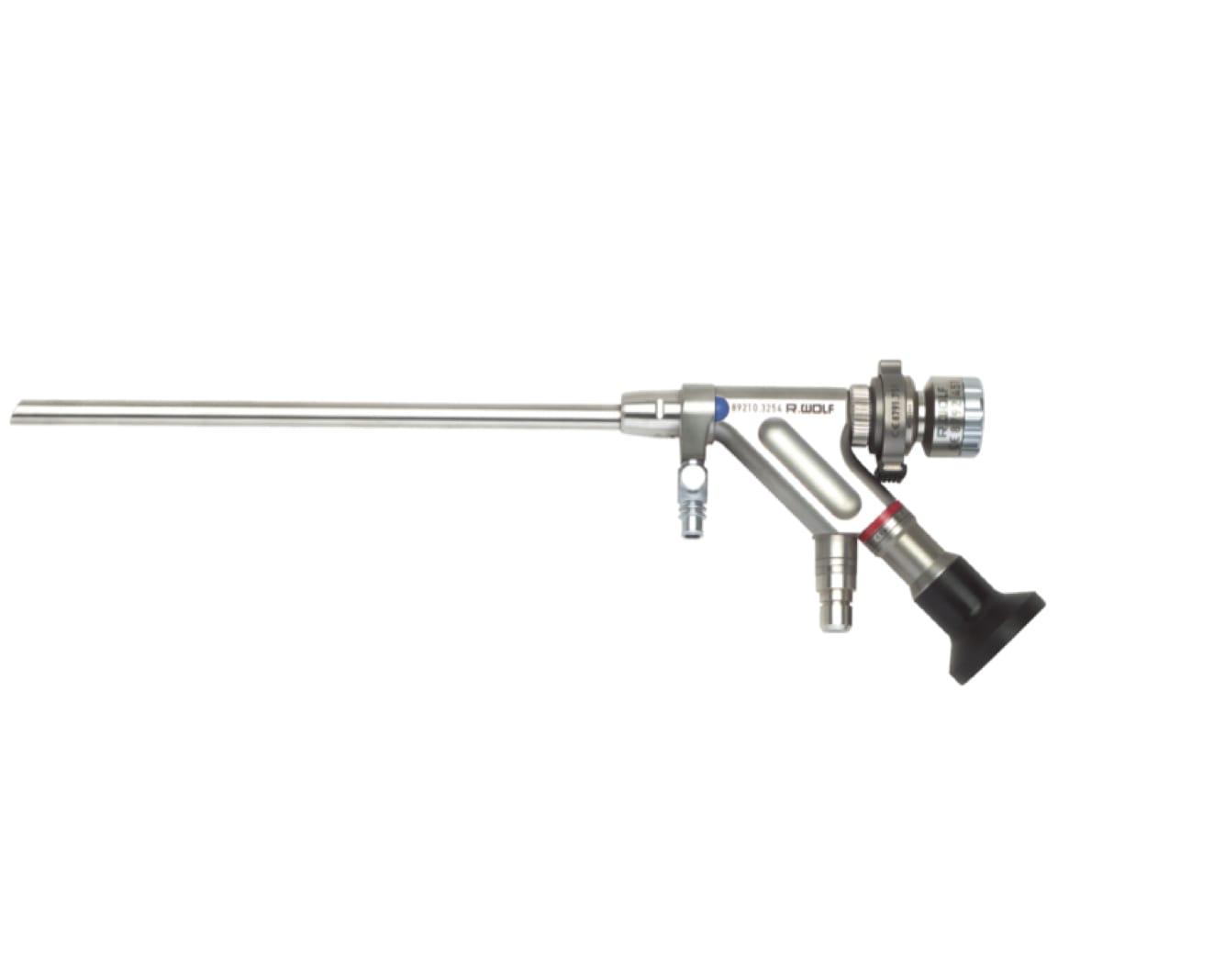
This procedure is performed to decompress the nerve root and spinal cord, thus relieving painful symptoms. It is often done to treat compressed nerves due to:
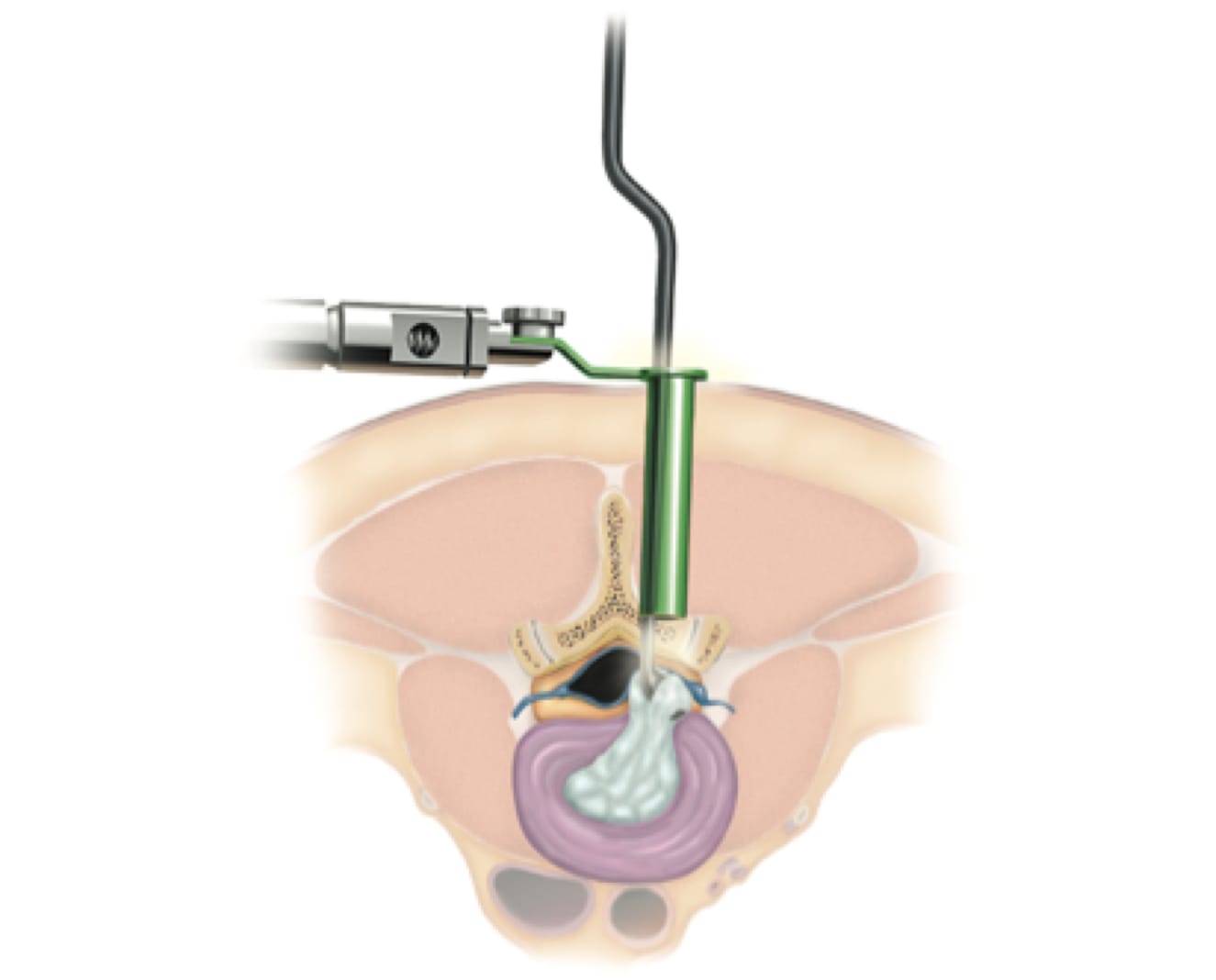
To begin, Dr. Stieber will make a tiny incision that is approximately the width of a dime. Surgical imaging will guide microsurgical instruments and sequential dilation will be performed with special tubes until the spine can be visualized with a robotic microscope. Dr. Stieber will then create a small window in the bone to access the pinched nerves. He will gently move those structures aside and remove the problematic portion of the offending disc.
Also known as ALIF, anterior lumbar interbody fusion treats low back disorders such as degenerative disc disease and spondylolisthesis. Both conditions compress spinal nerves and can cause:
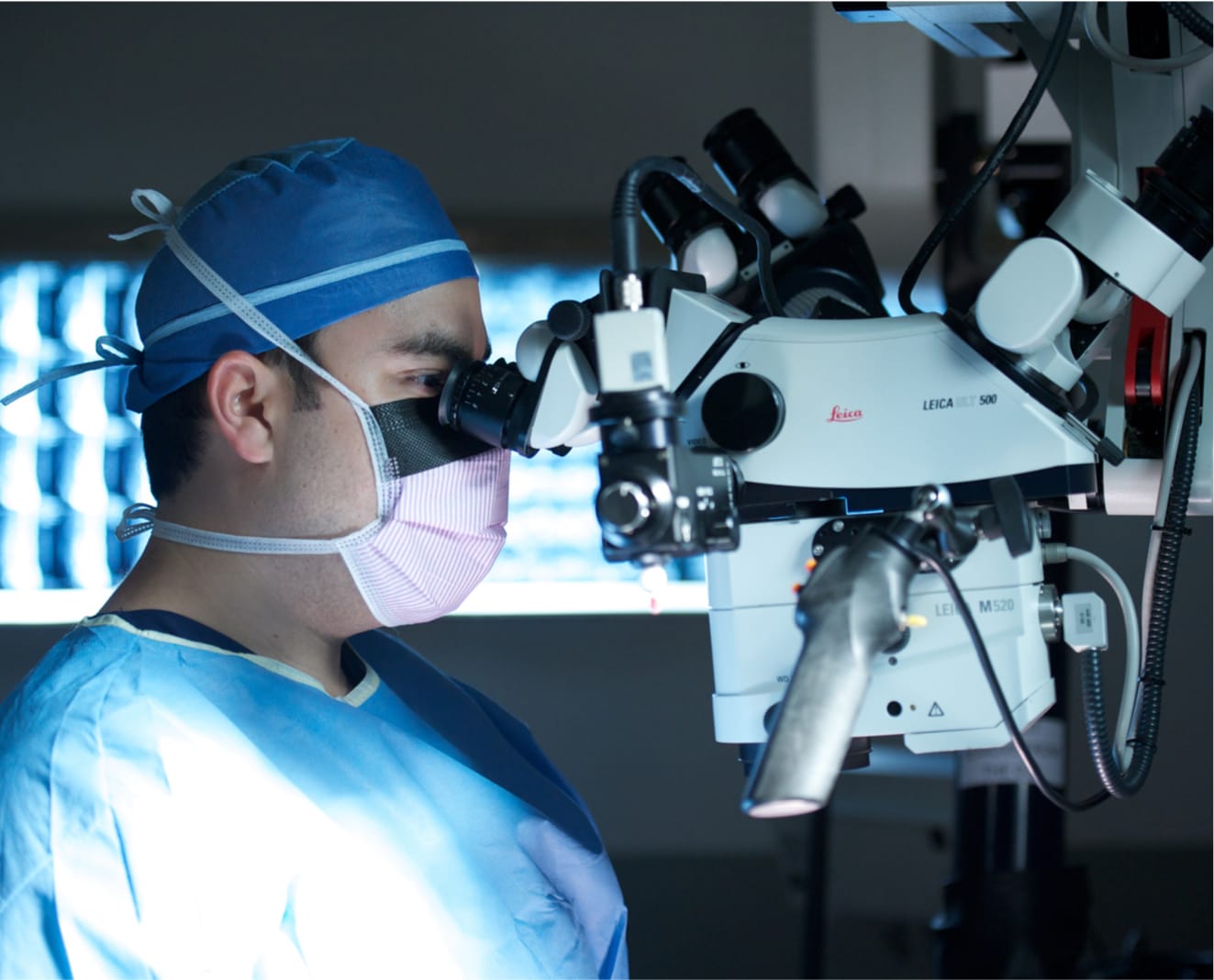
The primary goal of ALIF is to decompress the nerve, stabilize the spine, and relieve symptoms so that the patient can return to their daily lives without discomfort. To begin, a very small surgical incision is created in the abdomen. From there, Dr. Stieber will pull soft tissues aside to expose the spine and disc. Using guidance from a real-time x-ray during surgery, he will insert a thin needle into the disc and remove all or part of the structure. He will then fill the empty disc space with a bone graft and interbody spacers.
This procedure is a type of spinal fusion that is often done using advanced minimally invasive techniques. The goal is to restore disc height and permanently fuse damaged vertebrae together in the lower back. It’s commonly performed to treat spinal instability and pain caused by:
During surgery, Dr. Stieber accesses the spine through a small incision in the back followed by muscle dilation. From there, a small portion of the vertebral bone is removed to access the disc. The damaged portion of the disc is removed and the empty space is filled with bone graft. He will also implant screws and rods to offer added support, immediately stabilize the spine, and maintain proper alignment while fusion occurs.
XLIF (eXtreme Lateral Interbody Fusion) is a relatively new minimally invasive approach. It avoids cutting through or disrupting the muscles of the back and does not require the standard abdominal incision. It’s used to treat an array of disorders, including:
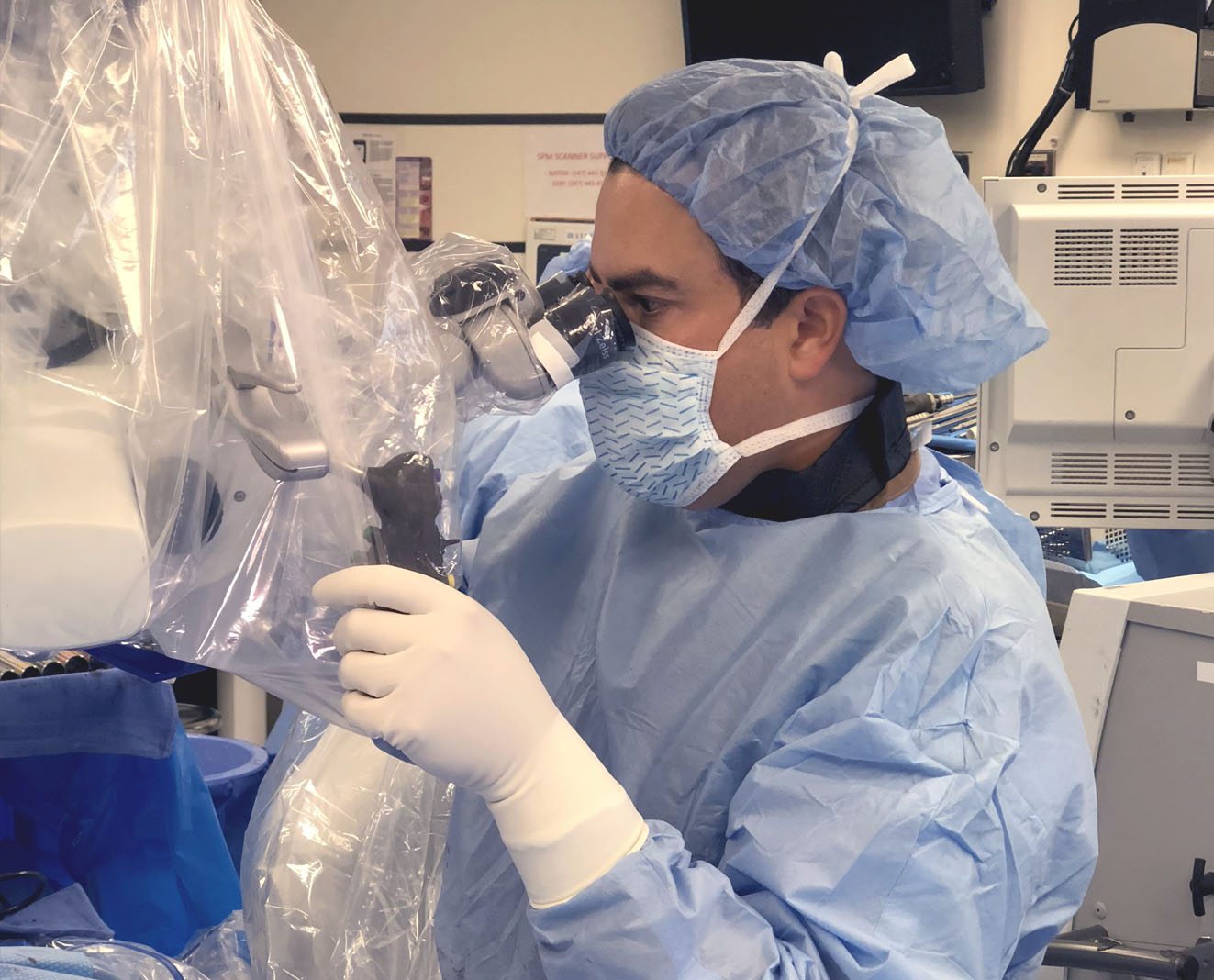
With this approach, the spine is accessed through a small incision in the patient’s side. Through that opening, Dr. Stieber will remove the damaged disc and replace it with an implant. He will then add bone graft material to promote fusion, along with rods, plates, and screws to provide additional support.
Additional minimally invasive spinal procedures Dr. Stieber performs include:
Robotic spinal surgery is often performed to enhance minimally invasive procedures. Dr. Stieber has adopted the ExcelsiusGPS system, which is the first and only platform for spine surgery that combines surgical navigation and robotic guidance. This technology allows Dr. Stieber to maintain his surgical precision while minimizing the patient’s exposure to radiation and reducing operative times.
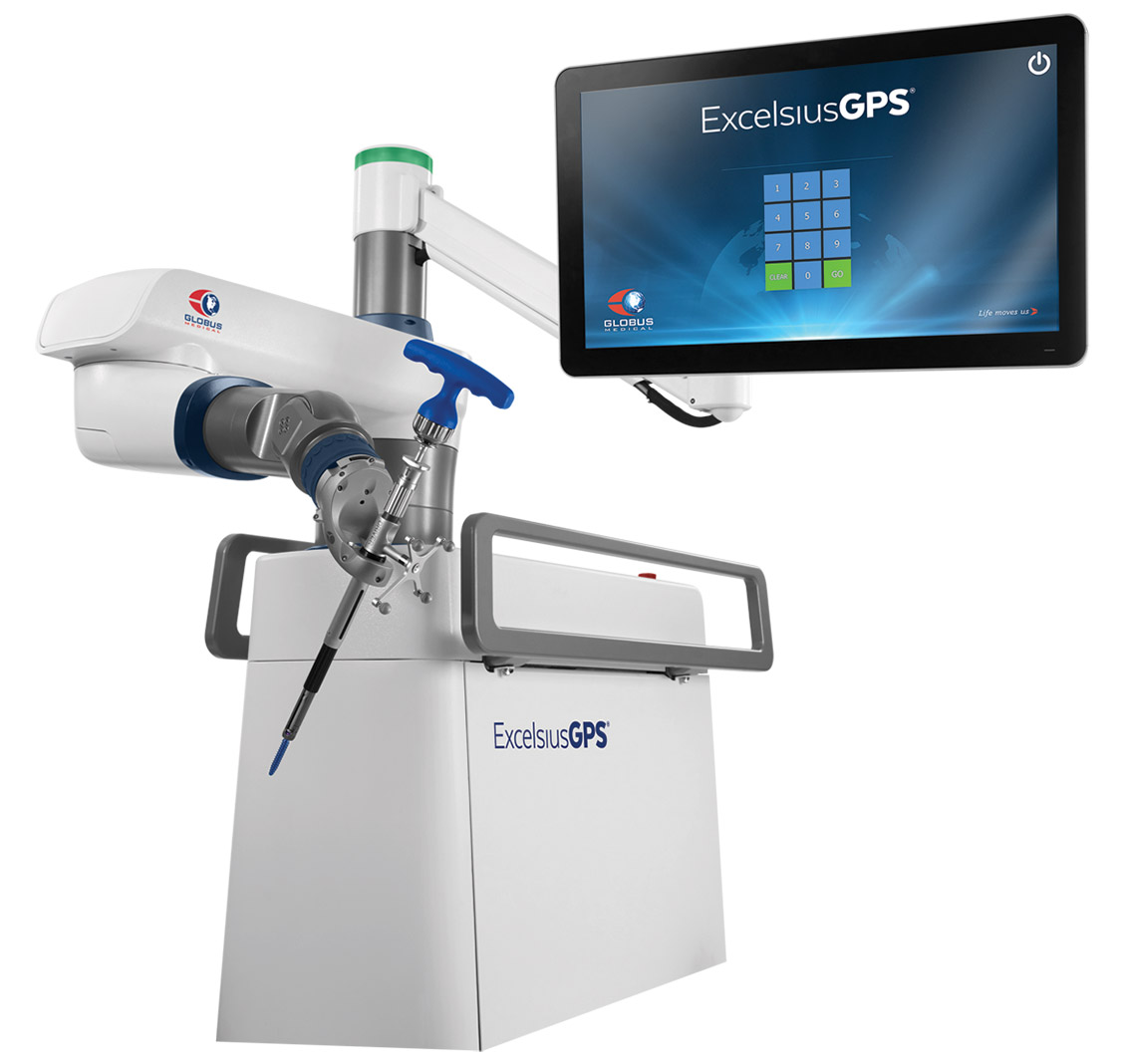
Prior to the operation, our team will take medical images and import them into the ExcelsiusGPS system. Dr. Stieber will rely on these images to compose a surgical plan that is tailored to your anatomy. The rigid robotic arm will follow this pathway to specific locations on your spine, allowing Dr. Stieber to precisely place the implants without the need for multiple guided x-rays.
Robotic spine surgery allows Dr. Stieber to plan complex procedures in advance by creating a custom blueprint for each patient’s surgical case.
The ExcelsiusGPS system is extremely advanced. It combines a CT scan of the patient’s spine with the actual patient. During surgery, Dr. Stieber can point to a precise site on the CT scan and the robot will move to that location. The robot is connected to a sophisticated navigation system with a camera that reads landmarks on the patient’s body and can process what the camera sees with the CT image in real-time. In addition, it is capable of sensing any change in the patient’s position due to breathing or slight movement and can adjust accordingly.
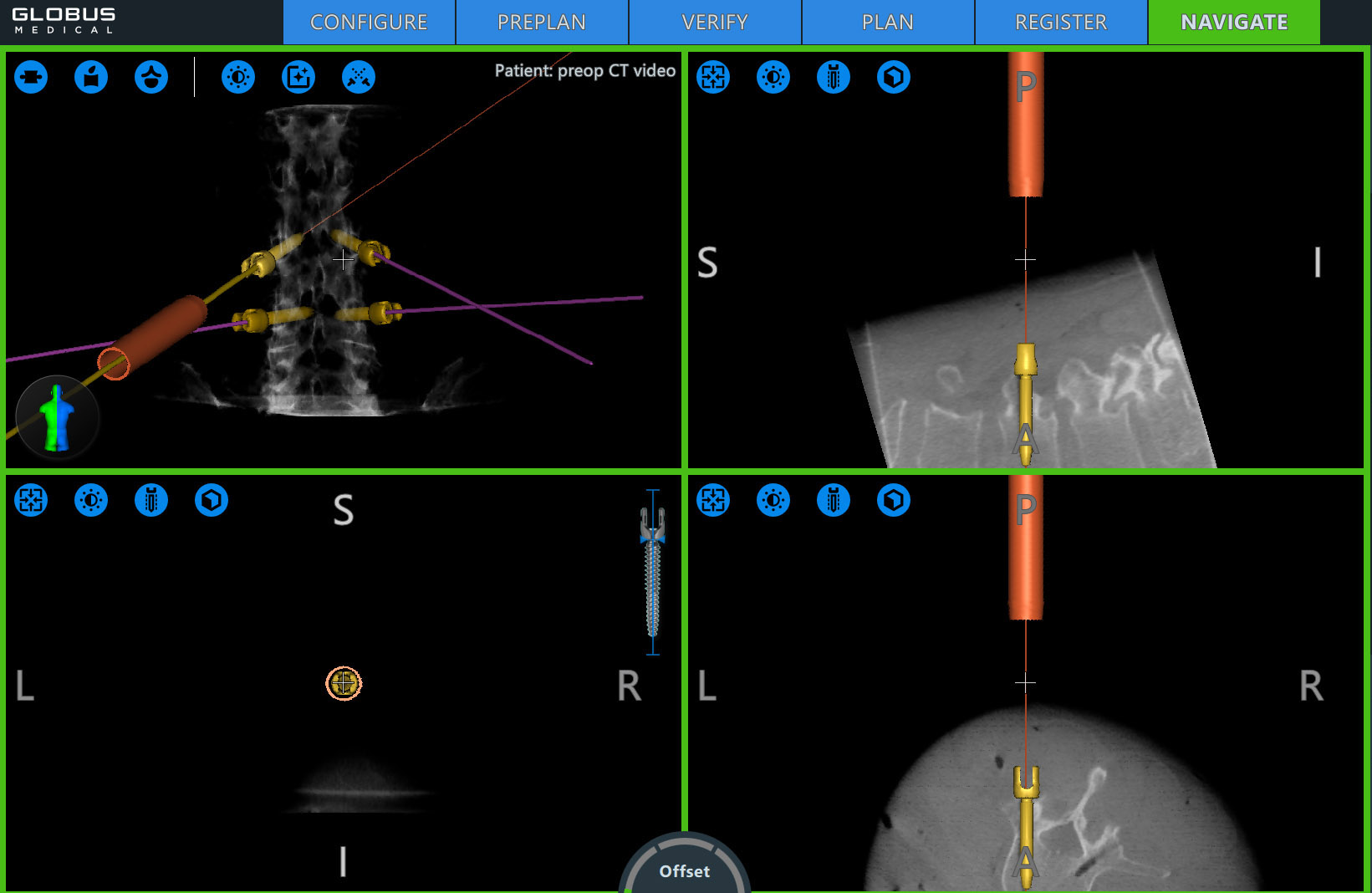
During total disc replacement surgery, the problematic disc is removed and the intervertebral disc height is restored. An artificial disc is then implanted to replace the entire intervertebral disc and allow for motion. The incision will be made in the front of the neck for cervical discs and the abdomen for lumbar discs.
This procedure is ideal for patients who have degenerative disc disease that has not responded well to conservative treatments. However, patients with arthritic changes, significant osteoporosis, and severe spinal instability are typically not considered candidates. During your initial consultation at our office, Dr. Stieber will assess your condition, review your treatment history, and help you determine if total disc replacement is right for you.
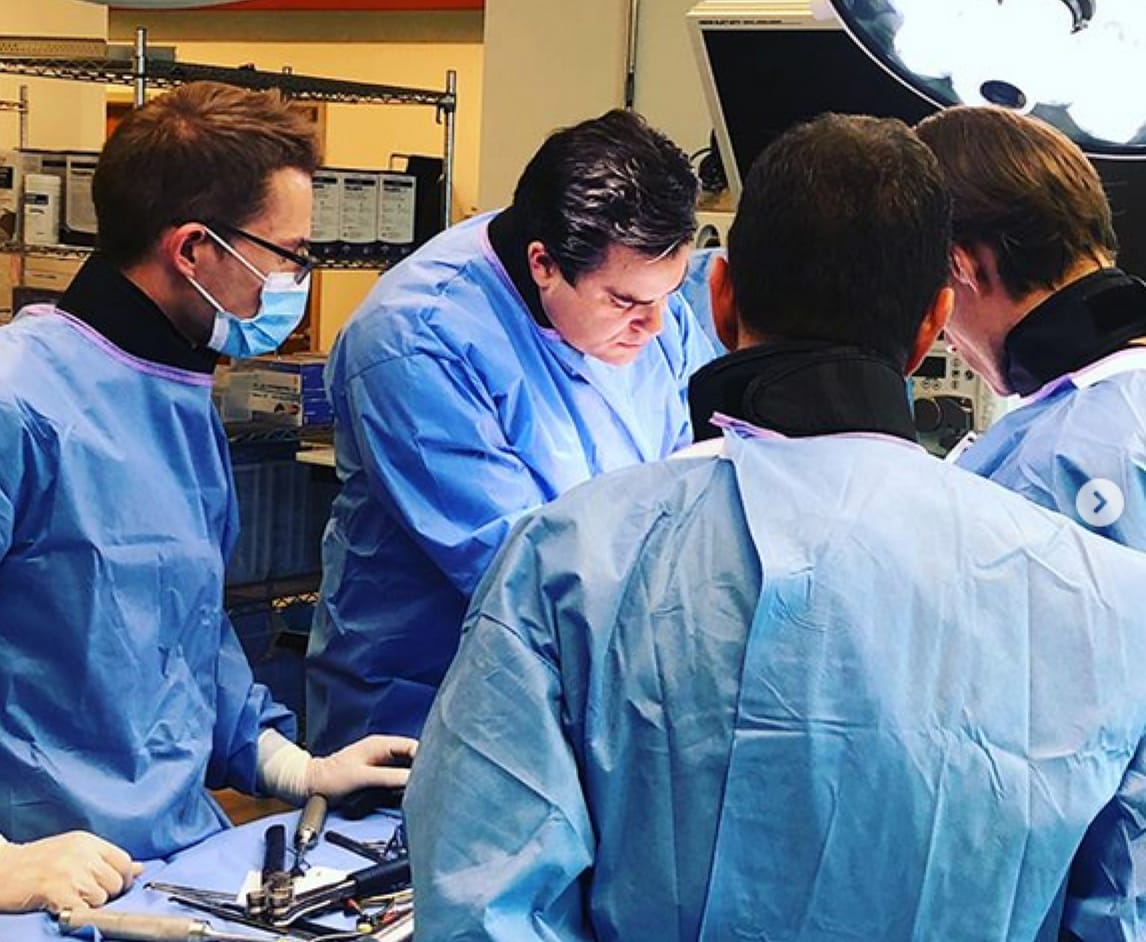
As part of his commitment to providing his patients with the highest level of spinal care, Dr. Stieber is an early adopter of the latest innovations and technological advancements in his field. He is one of a handful of surgeons in the northeast with the technology to perform robotic spinal procedures, and is recognized globally for his expertise and successful patient outcomes in performing minimally invasive spine surgeries and total disc replacement.
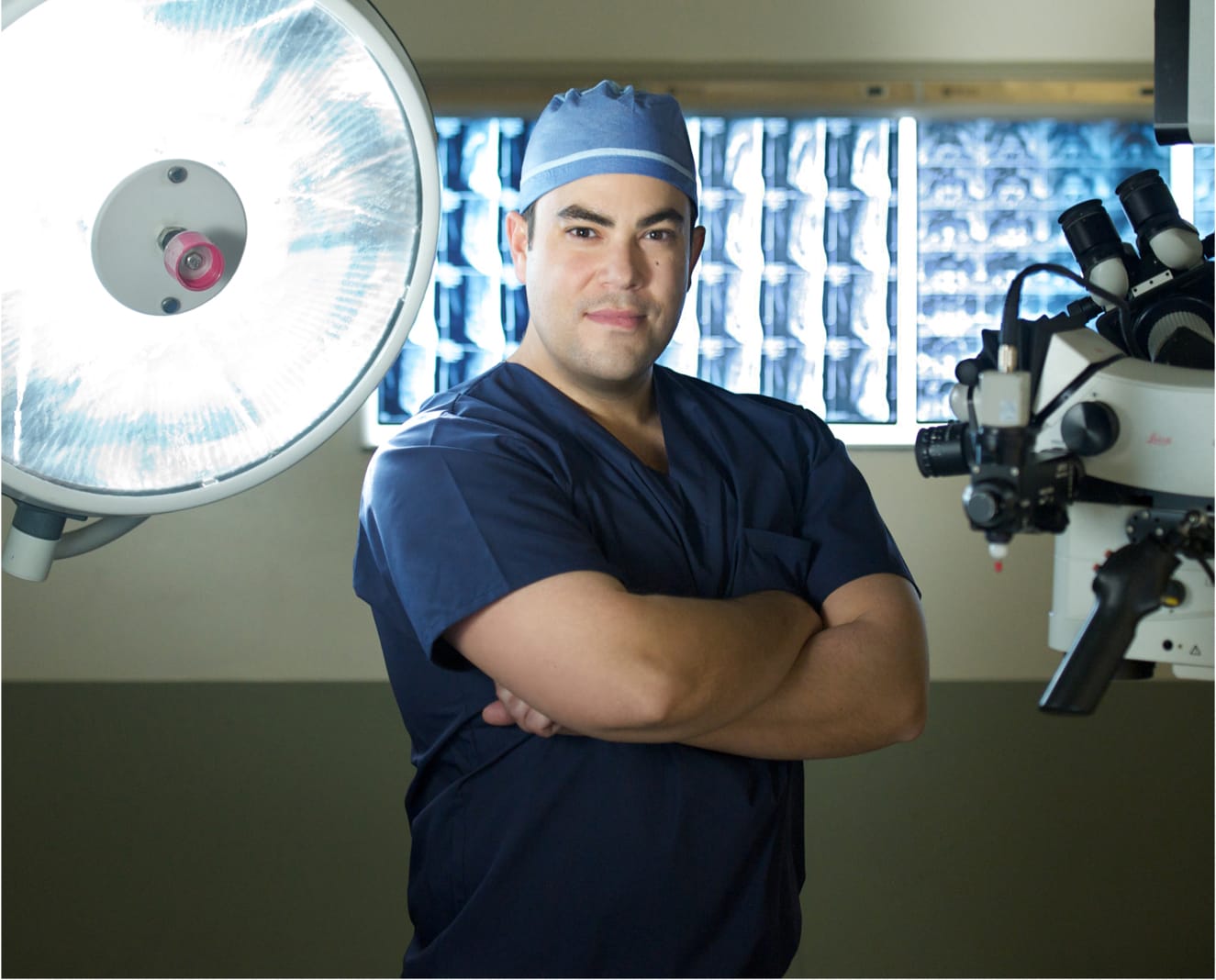
© Stieber MD. All Rights Reserved. Designed & Developed by Studio III
Alternate Phone: (212) 883-8868